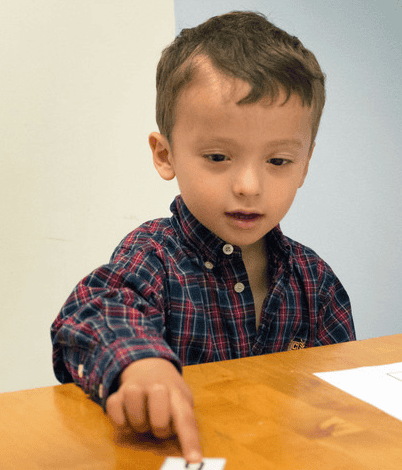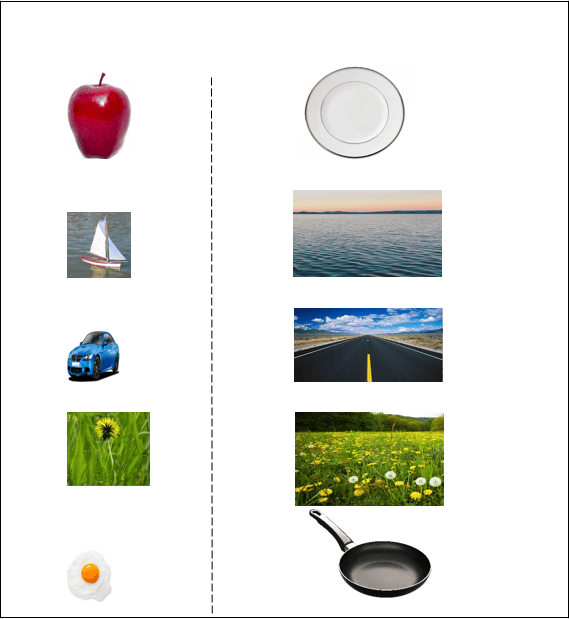4 Helpful Teaching Strategies for Students on the Autism Spectrum

|
Getting your Trinity Audio player ready...
|
Introduction
As a school psychologist and behavior specialist with over 20 years of experience, I have worked extensively with students, particularly those with Autism Spectrum Disorder (ASD). In this article, I aim to share valuable insights gained from teaching academic concepts to students with ASD, focusing on effective strategies tailored to their unique learning needs.
Teaching Academic Concepts for ASD Students: Students with ASD, especially those facing significant communication challenges, respond well to academic tasks that incorporate the following elements:
-
Visual Structure: Introducing visual structure into academic tasks helps create clear guidelines, enhancing the comprehension and engagement of ASD students.
-
Clear Beginning and Ending: Providing tasks with explicit starting and ending points allows students with ASD to better understand task sequences and experience a sense of accomplishment upon completion.
-
Reduced Visual Clutter: Minimizing visual clutter in learning materials mitigates sensory overload, enabling ASD students to concentrate on essential information without distractions.
-
Limited Verbal Language: Reducing the amount of verbal language in academic tasks accommodates the communication difficulties often experienced by students with ASD, fostering improved comprehension and active participation.
Insights from Research: Numerous studies support the efficacy of integrating visual structure into teaching methods for students with Autism Spectrum Disorder. By incorporating these research-backed strategies, educators can facilitate better learning experiences and academic progress among ASD students.
Personal Experience with ASD Students: During my first year as a school psychologist, I had the privilege of working in a specialized school catering to students on the autism spectrum. Within this diverse group, I encountered a 15-year-old boy named Matthew, who presented significant challenges in engaging with academic tasks.
A Case Study: Matthew’s Transformation: Matthew was non-verbal and showed little interest in academic activities, often spending most of his day lying on the floor. His teacher expressed concerns about his reluctance to participate in learning.
Drawing from the strategies mentioned above, I introduced visual structure and minimized verbal language in Matthew’s academic tasks. Gradually, he began to show remarkable progress. Matthew’s active participation increased, and he demonstrated a deeper understanding of the academic concepts being taught. Witnessing this transformation reinforced the significance of tailored teaching approaches for ASD students and inspired me to share these insights.

I found some small rainbow-colored bears in the classroom and some colored plates. I took a few of the bears and demonstrated sorting them into matching-colored plates.

After showing Matthew how to sort the colored bears, he quickly understood what to do and completed the task on his own. This success encouraged me to use similar approaches to engage other students who were finding it challenging to participate in traditional classroom activities.
To support these strategies, I made use of the resources available in the school office. With access to a laminator, I created various materials and tasks, ensuring they would last and be usable for future lessons. Laminating the activities helped keep them in good condition, making them easier to use over and over again.
As I continued using these visual-based techniques, I noticed a significant improvement in students’ participation and enthusiasm. This experience reinforced the importance of using personalized and visually structured teaching methods for students with Autism Spectrum Disorder.

I found that using fewer words was key to teaching these new tasks effectively. The more verbal instructions I gave, the more resistant and distant the students became.
Instead, I discovered that using gestures, like pointing when needed, and physical demonstrations were the most helpful ways to teach the tasks. Sometimes, a short verbal prompt combined with a gestural prompt, such as saying “put this here” while pointing, also worked well. However, lengthy verbal explanations did not aid the students in grasping the concepts.
By relying on non-verbal cues and simple prompts, I saw a positive change in the students’ engagement and understanding, reinforcing the significance of using non-verbal teaching methods for students with Autism Spectrum Disorder.
Tying in Real-Life Experiences
My students seemed to thrive on hands-on/real-life activities with a clear ending. Examples included putting items away, sweeping up an area, or delivering an item.

Sample Learning Activity for Students on the Autism Spectrum
Title: Learning to Read and Making Connections.
Explanation of Activity:
1) The first part of the activity is a reading task. Many students with language/communication difficulties have trouble breaking words into their individual sounds and blending sounds to read words.
However, they often have strong visual memories and learn better through visual memorization than through learning a word’s phonetic components.
In the reading task below, students learn to connect a word to an image or object. They can repeat the activity several times to allow for practice and memorization.
Even if the student cannot say the word, they can learn to connect the printed word to a real-life object.
2) The second part of the activity helps students connect the words and objects they have learned to related items. These connections help them create a deeper meaning of the object. Students are also encouraged to participate in a real experience that utilizes what they learned.
Activity: Learning to Read and Making Connections
Part 1 – Reading/Labeling Activity
Instructions:
- Cut the paper in half at the perforated line.
- Cut out the words.
- Ask the student to put each word under the corresponding image.

Optional: Laminate the words and laminate the right side of the paper (this is beneficial if you want to use the activity more than once).
Put sticky velcro dots on the back of the words and in each box below each image (so the words stay in their spot and don’t slide around).
You can usually get materials laminated in a school building or office supply store. You can also buy a laminator online or at an office supply store.
Part 2-Make Real-World Connections
Instructions:
- Cut the paper in half at the perforated line.
- Cut out all the images on the left to make them individual pictures. Leave the right half intact.
- Ask the student to put the correct image on the corresponding picture (e.g., apple on the plate, car on the road).
- After putting an image on its corresponding picture (e.g., apple on a plate), do a real-life activity to connect the visual to a realistic situation.

Examples of real-world connections:
- After putting the picture of the apple on the plate, get a real apple, and put it on a plate (you can each do this, enjoying an apple together).
- Crack an egg in a frying pan and cook it together.
- Find a flower in a field
For each hands-on activity, have the student/child participate in the steps as much as possible, providing guidance and assistance as needed.
Conclusion
In conclusion, the strategies we’ve discussed, like using pictures, fewer words, and real-life activities, are important for helping students with Autism Spectrum Disorder learn better. Matthew’s story shows how tailored teaching can make a big difference. By doing hands-on activities with clear endings, we create chances for meaningful learning. Remember, each student is unique, and we must adjust our teaching to support them. Let’s keep working together to make learning a positive experience for all students, including those on the autism spectrum.
Education and Behavior – Keeping Adults on the Same Page for Kids!






